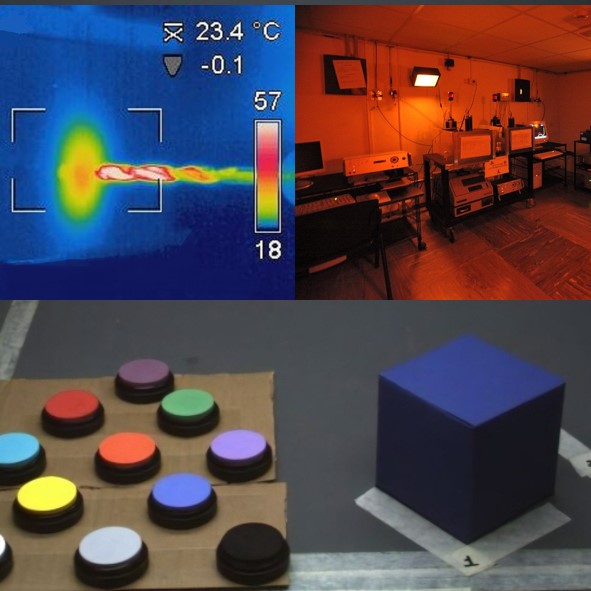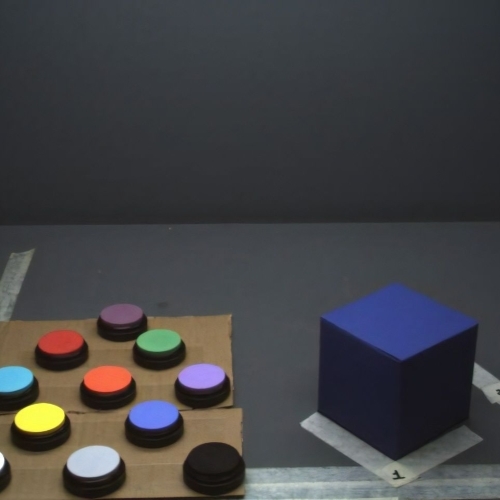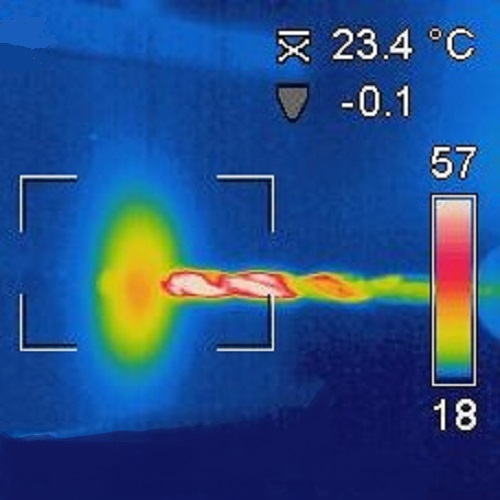Physics applied to Cultural Heritage

Physics allows to solve problems concerning the origin, provenance, characterization and dating of artworks of archaeological and historical-artistic interest. It is also possible to contribute to the realization of conservation plans and restoration projects.
The following research lines are in progress at DFA:
CLEAR – CoLor rEndering Accuracy in cultuRal heritage
LED - Limits Extension in luminescence Dating
Smart DRILL – Development of innovative procedures for authenticity testing
CLEAR – CoLor rEndering Accuracy in cultuRal heritage

Faculty: Anna Maria Gueli; Giuseppe Politi; Giuseppe Stella
The main objective is the realization of a virtual laboratory for the diagnostics of polychrome artworks through the definition of an image acquisition and processing protocol that guarantees high resolution and accuracy in terms of color rendering. Spectrophotometric and spectroradiometric measurements are carried out both on specimens and on works of art for the measurement and specification of color with experimental set up that simulate various scenarios in terms of levels and geometries of illuminance. The research is carried out in collaboration with the DMI (UniCT).
LED - Limits Extension in luminescence Dating

Faculty: Anna Maria Gueli; Giuseppe Stella
The aim of the research is to improve the accuracy of dating by thermally (ThermoLuminescence, TL) and optically (Optically Stimulated Luminescence) stimulated luminescence of artifacts of archaeological interest, historical buildings and geological sediments. The specific objective is to optimize the experimental procedures in order to reduce uncertainty and extend the temporal limits of the methodology. The activities are carried out in collaboration with colleagues from other areas (DSBGA and DISUM (UniCT) and institutions such as superintendencies and museums.
Smart DRILL – Development of innovative procedures for authenticity testing

Faculty: Anna Maria Gueli; Giuseppe Politi; Giuseppe Stella
The activity concerns the development of innovative procedures to solve the most critical issue associated with authenticity testing of artifacts of historical and artistic interest by Thermoluminescence (TL) related to heating during sampling. Indirect temperature measurements with energetic approaches and transduction mechanisms at the point of sample collection are performed with smart tips to assess compatibility with the assumed age. The activity is in collaboration with the DIEEI (UniCT).